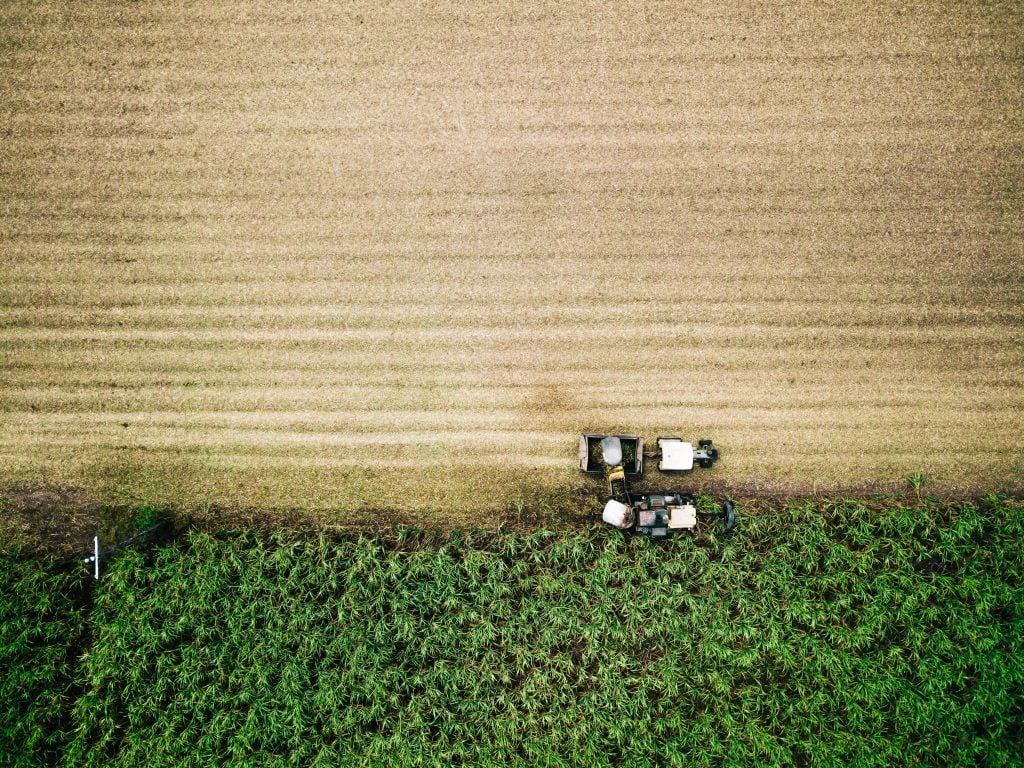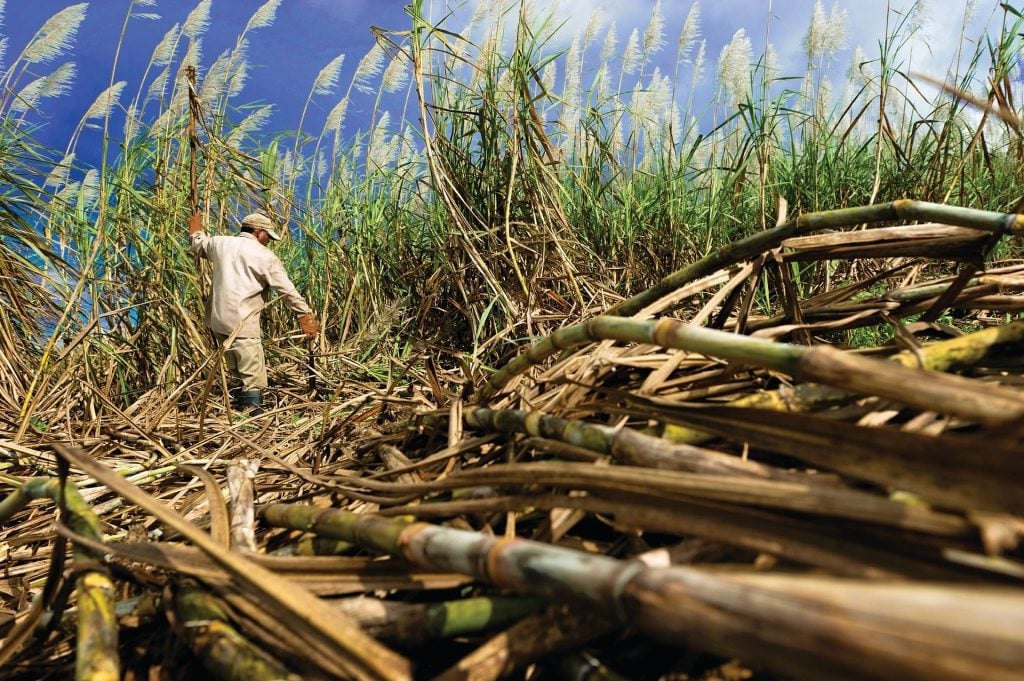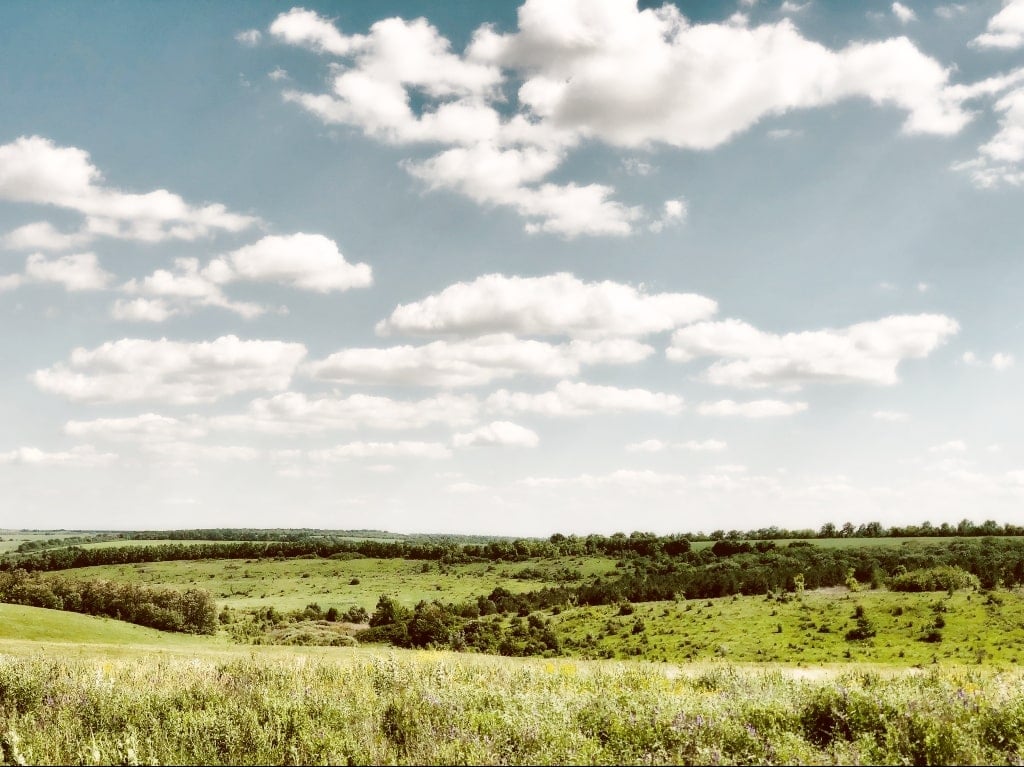Introducing Suntribe's New Packaging Sustainably Sourced From Sugar Cane

By Julia Beyer - April 23, 2020
Conventional plastic is made from an unsustainable source: petroleum. The extraction and processing of petrochemicals to produce plastic results in the release of carbon dioxide into the atmosphere which adds to climate change.
Sugar Sugar, Honey Honey - Plastic With a Positive Environmental Footprint
Sugar cane plastic is a new type of material introduced as an alternative to conventional plastic made from petroleum. The biggest advantage lies in the fact that sugar cane plastic has a positive environmental footprint since the sugar cane absorbs more carbon dioxide while it grows than is needed to turn the sugar cane into polyethylene (PE). Every kg of sugar cane plastic captures and stores approximately 2kg of CO2 from the atmosphere. This makes sugar cane plastic a sustainable, regrowing material that doesn’t deplete our planet’s resources.

The sugar cane used for Suntribe’s mineral sunscreens is produced in Brazil. In Brazil, more than 90% of the sugar cane plantations are located more than 2000 kilometres from the Amazonian rainforest. Government regulations inhibit planting sugar cane in areas with high biodiversity. Sugar cane is usually grown on degraded pasture land and helps recover the soil. Rain is the primary source of irrigation and fertilisers are mostly organic. Biomass produced as a waste product of the production process is oftentimes turned into electric power that supplies the production facilities with green energy.
As Most Greener Solutions, This is Not a Perfect One (Yet)
Sugar cane plastic comes with one big caveat: the end product is still plastic. Both physically and chemically plastic made from sugar cane has almost exactly the same properties as plastic made from petrochemicals. In fact, you can not tell the difference with the naked eye. Which brings the advantage that it can be used as a long-lasting, durable yet lightweight packaging for our natural skin care products. Which saves carbon emissions when shipping our products and makes it a better solution than glass for example. But it also means that sugar cane plastic does not solve the problem arising from the over-consumption of plastic and consequent environmental pollution. Sugar cane plastic is not biodegradable or compostable.

Is There Such a Thing as Biodegradable Plastic?
There are so-called oxo-degradable plastics to which additives have been added which accelerate degradation when exposed to light or heat. Yet this seemingly good solution bears shortcomings that so far remain unsolved. The plastic degrades into small fragments that potentially accumulate in animals and plants within 2 to 5 years. The process of when and in how far the plastic degrades can barely be controlled. In conclusion, these oxo-degradable plastic degrade more quickly under the right conditions but still end up as microplastics in our environment.

What Does That Leave us With?
Currently recycling and reusing is still the most effective way of mitigating the problem of landfills overflowing with plastic waste. Sugar plastic solves one side of the problem, the production of plastic, by offering a carbon-neutral way of producing plastic. It can be fully recycled meaning that it brings as one step closer to creating a closed loop where plastic is produced in a sustainable way and turned into new products to prevent plastic waste. One of the biggest advantages of sugar cane is how available it is. There exists an abundant supply in South and Central American countries such as Brazil and Cuba. Some predict switching to sugar cane plastic will be the next big shift in the industry just as coal based chemistry was replaced by petro-based chemistry after the second World War.
What Does This Mean For Suntribe's NATURAL COSMETICS?
It means that all our products are now either 100% plastic-free (Sport Sunscreens and Body Butters) or at least free from conventional petroleum sourced plastic (Mineral Sunscreens for Body & Face line). For our Mineral Sunscreen line we have replaced the previous plastic pump bottle with the new carbon neutral sugar cane tube. The biggest part of the new tube (more than 86% of the total weight) is made from sustainable sugar cane PE. Some parts such as the cap cannot be made from sugar cane yet but we are investigating potential solutions and are also looking into using recycled plastic as a production material.
about the author
Hej! I’m Julia, one of the founders of Suntribe. I really enjoy being outdoors as much as possible while going surfing, running or swimming. Over the past few years I have started to live with very few things, and I choose those things carefully. I started Suntribe with my two co-founders because I believe there are better and more environmentally-friendly alternatives to existing cosmetics, and now I am the one developing them!



